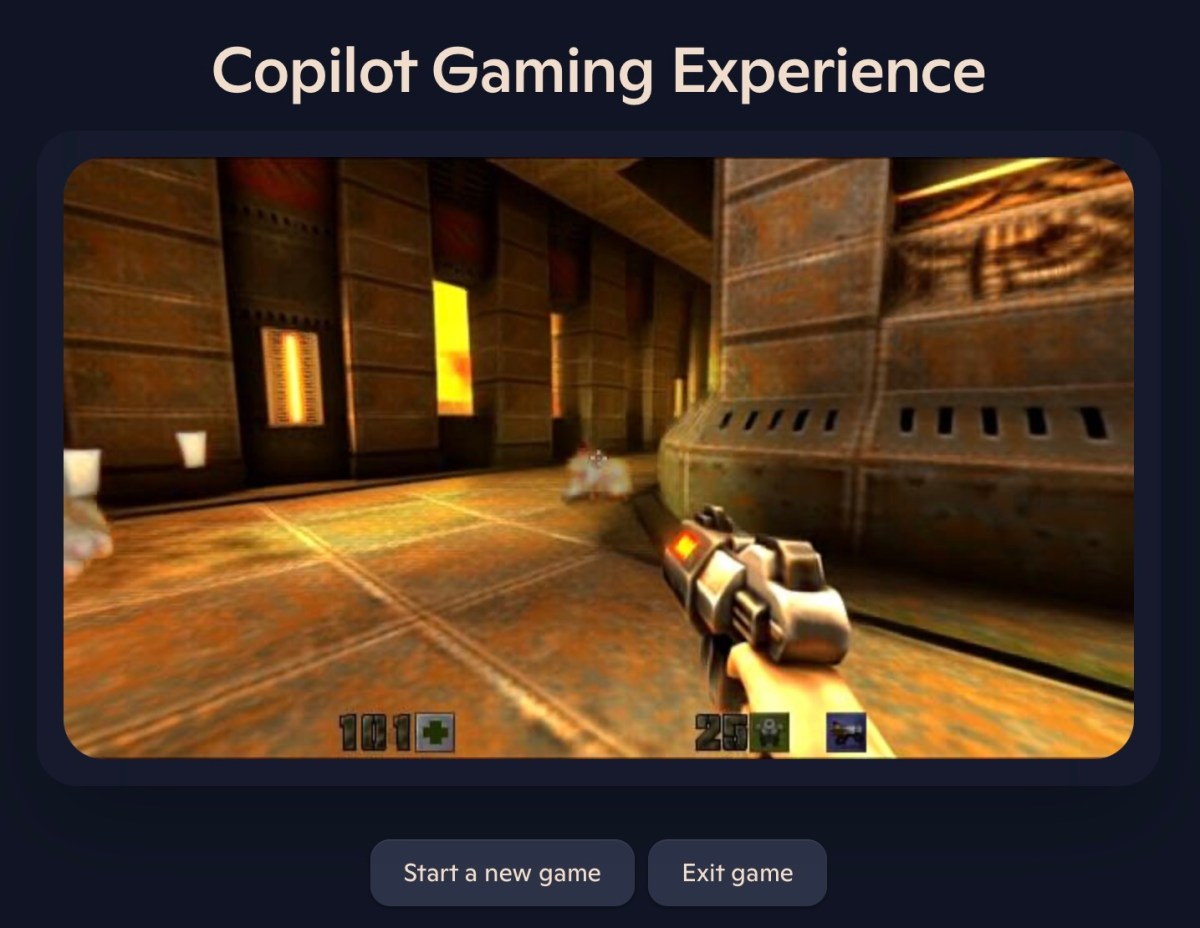Gaming Meets AI: Microsoft's Radical Quake II Remake Pushes Boundaries—But Not Without Caveats

Microsoft has taken a nostalgic leap into the world of classic gaming by releasing a fully playable version of Quake II directly in your web browser. This innovative tech demonstration showcases the impressive gaming capabilities of modern web technologies, allowing gamers to experience the iconic first-person shooter without downloading any additional software.
By bringing Quake II to the browser, Microsoft is pushing the boundaries of web-based gaming, demonstrating how advanced web technologies can now support complex, graphics-intensive games. Players can now instantly jump into the action, reliving the intense shooter gameplay that made Quake II a landmark title in the late 1990s.
The browser-based version serves not just as a trip down memory lane, but also as a powerful proof of concept for the potential of web gaming. It highlights how far web technologies have come, offering near-native performance and seamless gameplay directly through a web browser.
